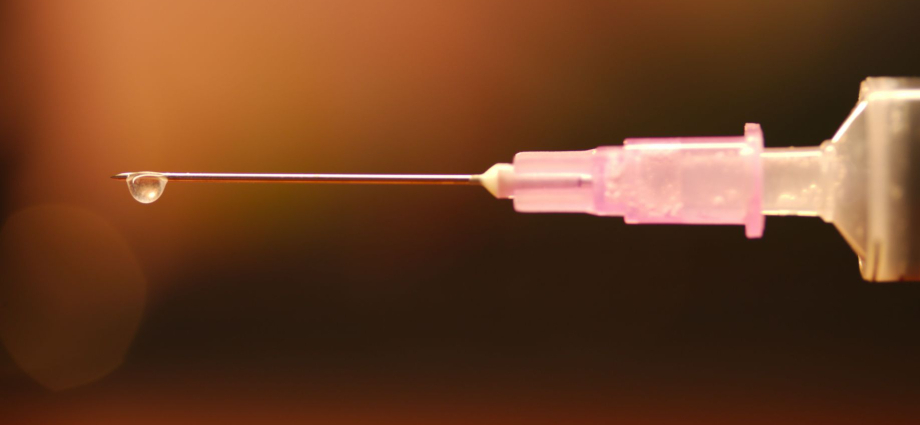Did You Know Synthetic Penicillin was invented in Michigan?
In the world of medicine, the discovery of penicillin revolutionized the treatment of bacterial infections. However, it was John C. Sheehan, a brilliant scientist and a native of Battle Creek, who took this breakthrough to new heights. In 1957, Sheehan achieved a significant milestone by becoming the first person to successfully produce synthetic penicillin. This remarkable achievement not only expanded the availability of this life-saving antibiotic but also paved the way for further advancements in the field. In this article, we will explore the groundbreaking work of John C. Sheehan and delve into the significance of synthetic penicillin in modern medicine.
The Emergence of Penicillin
Before we delve into the realm of synthetic penicillin, it is essential to understand the origins of this wonder drug. Penicillin was initially discovered by Alexander Fleming in 1928. While conducting experiments at St. Mary’s Hospital in London, Fleming noticed the growth of a unique mold called Penicillium notatum, which possessed remarkable antibacterial properties. This serendipitous discovery laid the foundation for the development of the first antibiotic.
The Limitations of Natural Penicillin
Although natural penicillin showed tremendous potential, its production faced several challenges. The extraction process from the Penicillium mold was arduous, and the yield of the antibiotic was limited. Furthermore, natural penicillin was susceptible to degradation, making it less effective in combating certain bacterial strains. These limitations necessitated the search for alternative methods to produce penicillin efficiently and in large quantities.
Enter John C. Sheehan
John C. Sheehan, a visionary chemist, dedicated himself to the development of synthetic penicillin. Born and raised in Battle Creek, Michigan, Sheehan possessed a keen interest in organic chemistry from an early age. His relentless pursuit of scientific knowledge led him to make groundbreaking contributions to the field.
The Journey to Synthetic Penicillin
Sheehan embarked on a quest to create a synthetic form of penicillin that could be produced on an industrial scale. His research focused on understanding the structure and properties of penicillin and developing innovative synthesis methods. After years of dedicated work, Sheehan successfully synthesized penicillin in 1957, marking a turning point in the history of antibiotics.
Advantages of Synthetic Penicillin
The production of synthetic penicillin offered several advantages over its natural counterpart. Firstly, the synthesis process allowed for consistent and reliable production, ensuring a stable supply of the antibiotic. This breakthrough significantly reduced the cost of penicillin, making it more accessible to a broader population.
Secondly, synthetic penicillin demonstrated enhanced stability and potency compared to natural penicillin. It exhibited increased effectiveness against various bacterial strains, expanding the range of infections it could effectively treat. This versatility made synthetic penicillin a powerful weapon against bacterial diseases.
The Impact on Modern Medicine
John C. Sheehan’s discovery of synthetic penicillin revolutionized the field of medicine. It not only provided an effective treatment for previously untreatable infections but also paved the way for the development of other synthetic antibiotics. The availability of penicillin and its derivatives has saved countless lives and transformed healthcare practices worldwide.
Conclusion
In conclusion, John C. Sheehan’s pioneering work in producing synthetic penicillin in 1957 was a significant breakthrough in the field of antibiotics. His dedication and scientific expertise revolutionized the production, availability, and effectiveness of penicillin, thereby shaping the course of modern medicine. The development of synthetic penicillin serves as a testament to human ingenuity and the impact it can have on improving global healthcare.
FAQs (Frequently Asked Questions)
1. How did John C. Sheehan produce synthetic penicillin?
John C. Sheehan achieved the production of synthetic penicillin through years of research and innovative synthesis methods. His breakthrough in 1957 marked a turning point in the history of antibiotics.
2. What are the advantages of synthetic penicillin over natural penicillin?
Synthetic penicillin offers consistent and reliable production, increased stability and potency, and a broader range of effectiveness against bacterial strains. These advantages make it a powerful weapon against infections.
3. How did synthetic penicillin impact modern medicine?
Synthetic penicillin revolutionized modern medicine by providing effective treatment for previously untreatable infections and paving the way for the development of other synthetic antibiotics.
4. What is the significance of John C. Sheehan’s work in Battle Creek?
John C. Sheehan’s work in Battle Creek highlights the immense contribution of a native scientist to the field of medicine. His pioneering achievements in synthetic penicillin production have had a lasting impact on healthcare practices.
5. Can synthetic penicillin be used to treat all bacterial infections?
While synthetic penicillin is effective against a wide range of bacterial infections, there are certain strains that may be resistant to its effects. It is crucial to consult a healthcare professional for appropriate diagnosis and treatment.
